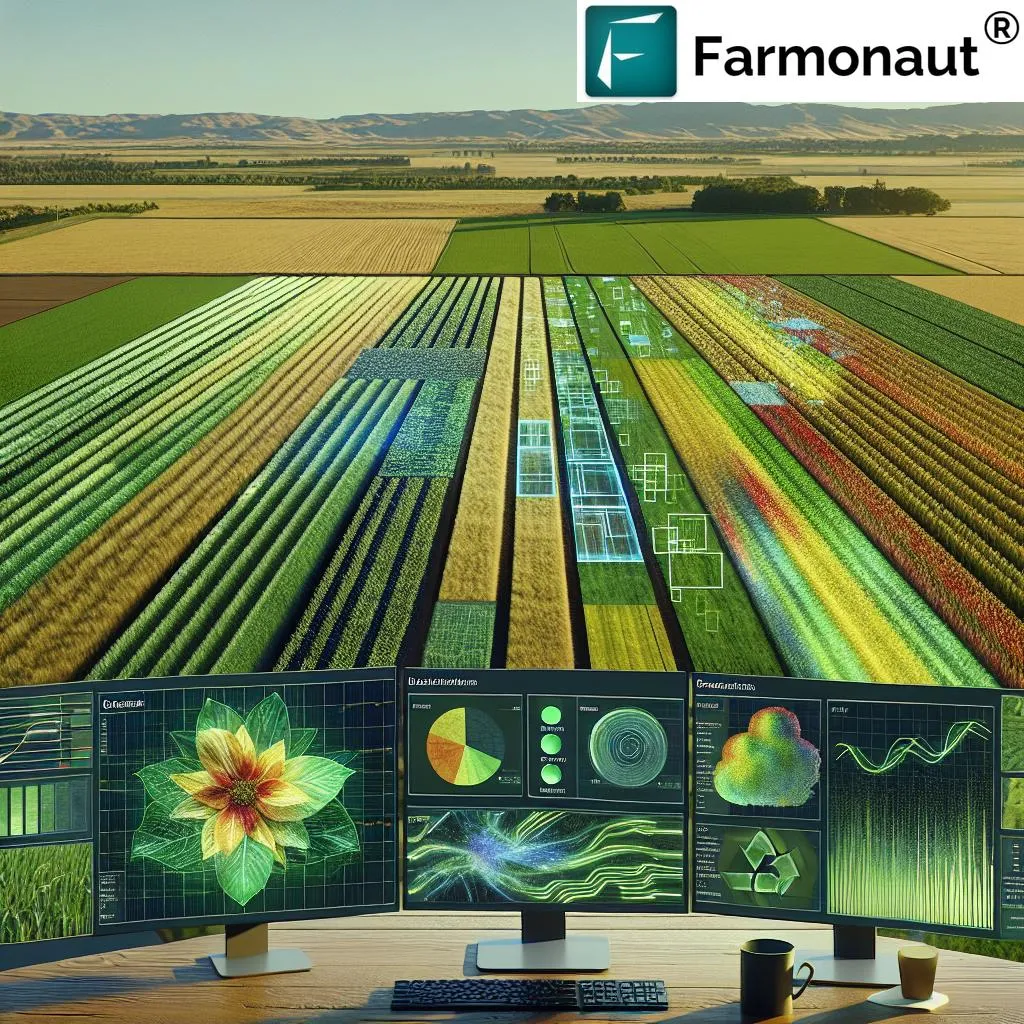In the face of escalating climate extremes, farmers are grappling with unprecedented challenges to global food security. Among the most vulnerable crops are potatoes and sweet potatoes, which are highly susceptible to environmental stressors throughout their life cycles. A groundbreaking study led by Min-Seok Park from the Department of Biosystems Machinery Engineering at Chungnam National University in South Korea is offering a glimmer of hope. Park and his team have developed a sophisticated method for early detection of abiotic stress in these root crops, combining hyperspectral imaging with machine learning techniques.
The research, published in the journal *Plants* (which translates to “Plants” in English), monitored potato and sweet potato plants from the initial onset of seasonal stressors—such as spring drought, heat, and excessive rainfall—through to harvest. By capturing the full range of physiological and biochemical responses under simulated greenhouse conditions, the team collected over 3000 data points per cultivar. This comprehensive dataset was then used to develop machine learning models, including Support Vector Machine (SVM), Linear Discriminant Analysis (LDA), and Partial Least Squares-Discriminant Analysis (PLS-DA), to detect stress across various growth stages.
One of the most compelling aspects of this study is the use of the Successive Projections Algorithm (SPA) for variable selection. This technique significantly reduced the number of wavelengths required for robust stress classification, with SPA-PLS-DA models maintaining high accuracy (90–96%) using only a subset of informative bands. “The application of SPA not only streamlines the data processing but also enhances the practicality of our approach,” Park explained. “This means farmers could potentially use more compact and cost-effective sensors in the field, making the technology more accessible.”
The study also introduced a novel approach to defining stress severity levels using photoreflectance indices and principal component analysis (PCA) data visualizations. This method enabled consistent and reliable classification of stress responses in both individual cultivars and combined datasets. “Our framework provides a non-invasive, real-time tool for monitoring crop health,” Park added. “This could revolutionize how we manage agricultural practices, ensuring timely interventions and reducing yield losses.”
The implications of this research extend beyond the agricultural sector. For the energy sector, which increasingly relies on biofuels derived from crops like sweet potatoes, early detection of stress can lead to more efficient and sustainable production. By ensuring healthier crops, farmers can maximize biomass yield, ultimately contributing to a more stable supply of bioenergy.
The study’s findings highlight the potential of integrating hyperspectral imaging and machine learning for precise, real-time crop monitoring. As climate change continues to pose threats to global food security, such innovative technologies will be crucial in adapting to and mitigating these challenges. Park’s research not only advances our understanding of crop stress detection but also paves the way for more sustainable agricultural management practices.
In an era where technology and agriculture are increasingly intertwined, this study serves as a testament to the power of interdisciplinary research. By harnessing the capabilities of machine learning and hyperspectral imaging, we are one step closer to achieving food security and sustainable energy production.

